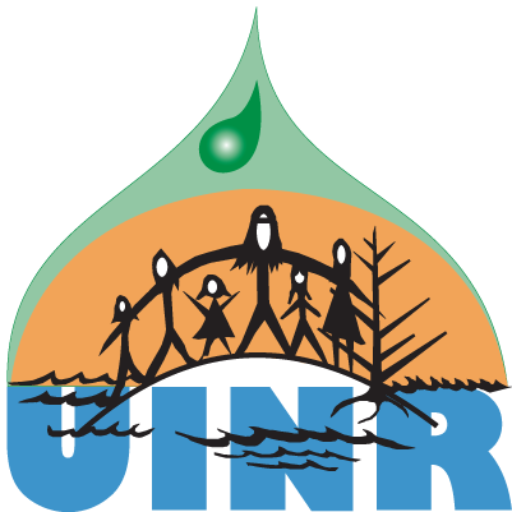Malfunctioning private septic systems, inadequate community sewage systems, pesticides, herbicides, fertilizers, boating sewage, and dangerous chemicals all contribute to problems with water quality in the Bras d’Or Lakes. UINR, along with the Bras d’Or Lakes Collaborative Environmental Planning Initiative, have published The State of the Bras d’Or Marine Environmental Water Quality Background Report. The Report is an in-depth look at the different factors that contribute to the Lakes’ water quality.
The Report reaches nine major conclusions and makes recommendations to improve some of the shortcomings in existing legislation, absences of regulations, and scientific monitoring methods. We reprint them below.
Conclusion 1. There are septic systems in the Bras d’Or Lakes watershed that are old, undersized, and prone to malfunction. Properly designed and maintained septic systems are an effective means of sewage treatment.
There are regulations in place for new home construction.
Recommendation: Support the establishment of programs to upgrade, maintain, and replace malfunctioning septic systems.
Conclusion 2. The weak link in some community sewage systems is lift stations that carry sewage from lower elevations to the central sewer lines.
Recommendation: Support First Nations and municipalities in obtaining the necessary infrastructure funding to properly maintain and operate their sewage management systems.
Conclusion 3. There are still straight pipes discharging sewage or grey water into the Lakes.
Recommendation: Support the establishment of programs to replace all straight pipes with proper septic systems.
Conclusion 4. Pesticides, herbicides, chemical fertilizers, and manure can enter the Lakes in run-off water after heavy rainfall.
Recommendation: Ensure environmental management plans are implemented for farms, golf courses, and other sources of contaminants.
Conclusion 5. The Bras d’Or Lakes have been declared a non-discharge zone for untreated boat sewage and chemicals. There are six pump-out stations available.
Recommendation: Some parts of the Lakes are a long distance from these facilities and can’t accommodate larger vessels.  Support community groups to establish additional pump-out stations on the Bras d’Or Lakes
Conclusion 6. The concentrations of organic compounds and heavy metals in sediments and the dissolved state are very low, mostly at background levels. Higher levels of zinc were found in the vicinity of Denys Basin and concentrations of lead were measured in sediments off Eskasoni.
Recommendation: Further focused testing and monitoring should be conducted.
Conclusion 7. Nutrients essential for phytoplankton production, which is the base for all marine life in the Lakes, are not abundant.
Recommendation: A long-term monitoring program should be carried out to learn more about the nutrient dynamics in the Lakes.
Conclusion 8. The Nova Scotia provincial government has legislation to protect fresh water. There is limited legislative protection for marine coastal areas.
Recommendation: Governments should strengthen legislation for marine coastal areas.
Conclusion 9. Studies to examine the levels of nutrients, marine environmental quality and habitats have been completed using different methods. This makes comparisons difficult.
Recommendation: A monitoring strategy using consistent methods should be developed so that changes can be evaluated and compared.
